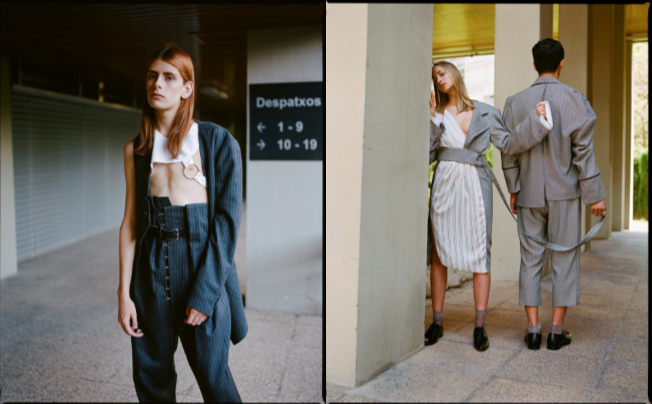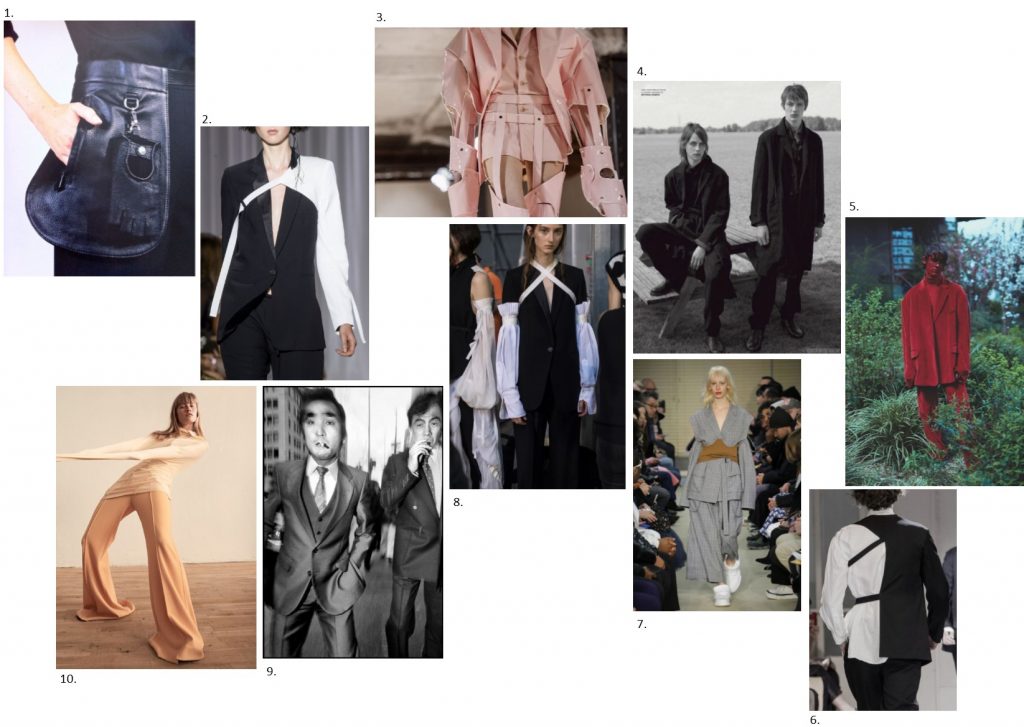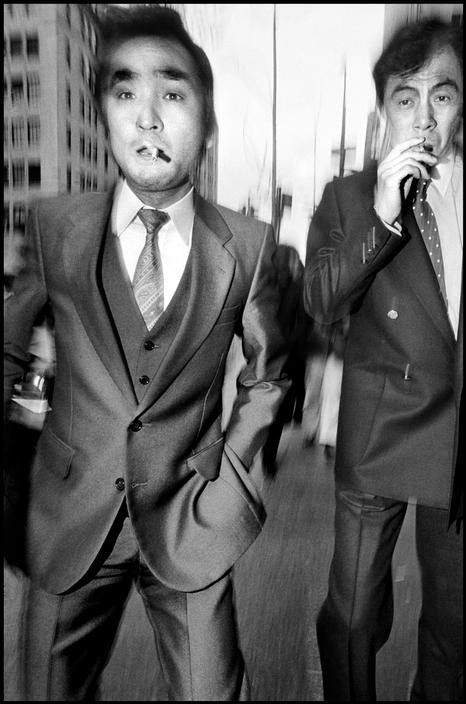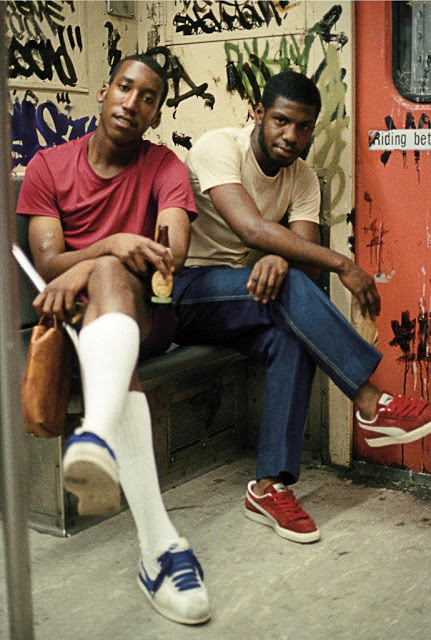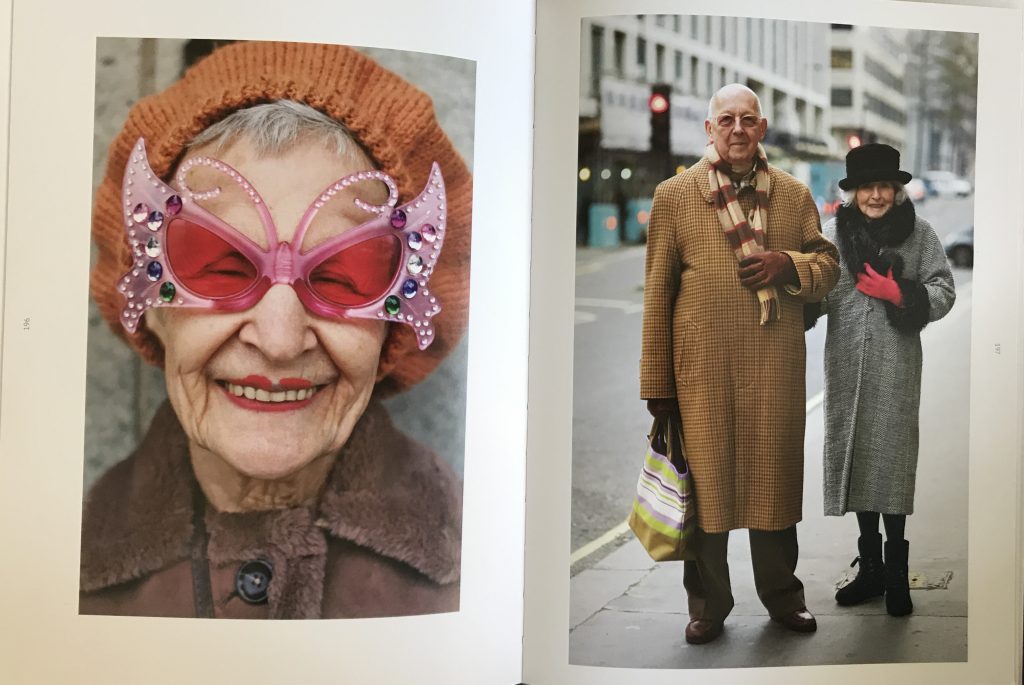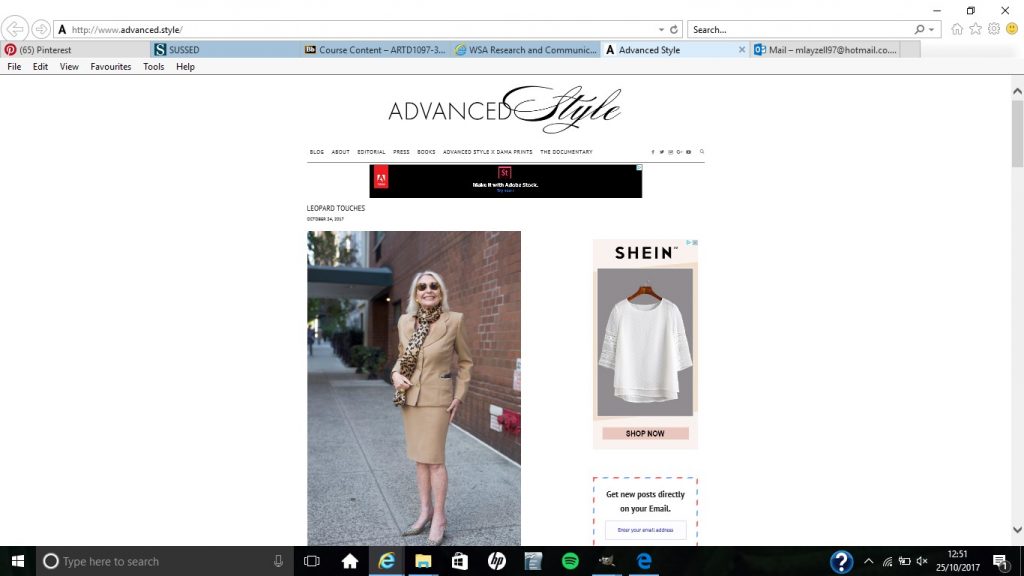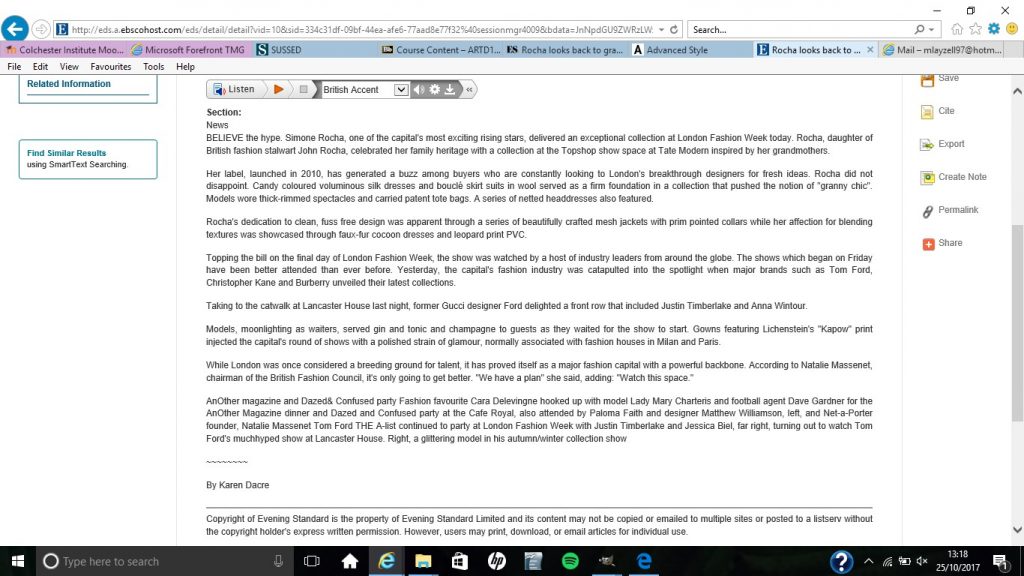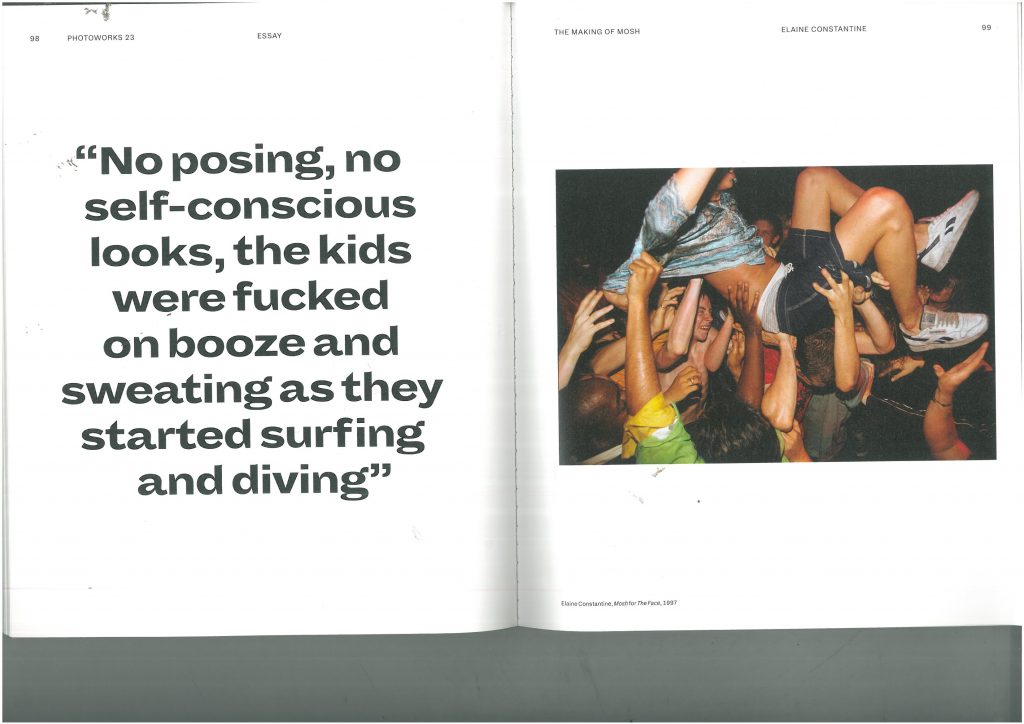This semester’s Research and Communication Skills module has been extremely interesting, allowing me to explore topics and areas I haven’t previously considered, and while it has, at times, been challenging, I have definitely learnt a number of valuable skills. The first problem I encountered was not in terms of writing, but in terms of actually finding the materials to work from in the first place. There was a specific photo-shoot in a specific issue of ‘The Face’ magazine that I spent an entire week trying to find, with no luck. This slowed my work down and meant I had to think of another direction to take my task in. This taught me to keep my options open and not to just rely on one piece of research to inform a task as it may not always be available.
The tasks have also helped me to understand the importance of referencing and citing any work that is not my own, I now embrace referencing as I now understand how it shows I have looked into the wider context surrounding a task and I am using that research to justify and inform my writing.
An important learning outcome for myself from this module has been to be able to look at an artist’s or designer’s work and with just a little research be able to identify a vast range of sources that have informed their work. Not only does this help when analysing and interpreting their work, but it has also taught me that there is no limit to where I can gather inspiration and research from in regards to my own studio practice.
I found the reflective writing task slightly challenging because although I understood the texts we were given and enjoyed finding other academic texts that related to the points made, I found it difficult to add a substantial amount of my own thoughts and views as I agreed with everything I had written. This has shown me that sometimes it is easier to write about and reflect upon something that you might not necessarily agree with, as you can much more easily come up with opposing viewpoints.
I really enjoyed the lectures on plagiarism and ethics in advertising as it sparked debate amongst the group and it gave me an opportunity to write about topics that I was extremely interested in and passionate about. Not only do I think it is important to have these conversations in an academic environment, but it also gives you time to think and reflect on these topics in your own time outside of university.
Overall, I think the most important thing I have learnt throughout this module has been to be able to research much more efficiently. No longer am I trusting the internet to find unreliable sources that do not add much depth to my writing, but instead, I am finding pleasure in discovering appropriate academic texts and sources, using the fantastic library available to us, and applying what I find to the tasks in order to produce a higher standard of work.


